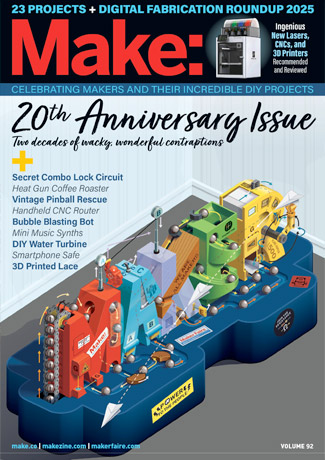I am descended from 5,000 generations of tool-using primates. Also, I went to college and stuff. I am a long-time contributor to MAKE magazine and makezine.com. My work has also appeared in ReadyMade, c't – Magazin für Computertechnik, and The Wall Street Journal.
View more articles by Sean Michael Ragan


The interior surface of the bone is composed of porous aragonite, a crystal form of calcium carbonate, that, in cuttlebone, is soft enough to take permanent impressions with moderate pressure. It is also naturally resistant to the heat of molten jewelry metals like silver and gold, though the mold is destroyed by the process of casting.
This tutorial from Jamie Hall of Ganoksin’s Primitive Method blog covers the process of making a simple cuttlebone casting, from a wax original, in sterling silver. It has good photographs and is clearly written and provides just the right level of detail for a beginner.
I am descended from 5,000 generations of tool-using primates. Also, I went to college and stuff. I am a long-time contributor to MAKE magazine and makezine.com. My work has also appeared in ReadyMade, c't – Magazin für Computertechnik, and The Wall Street Journal.
View more articles by Sean Michael RaganADVERTISEMENT






